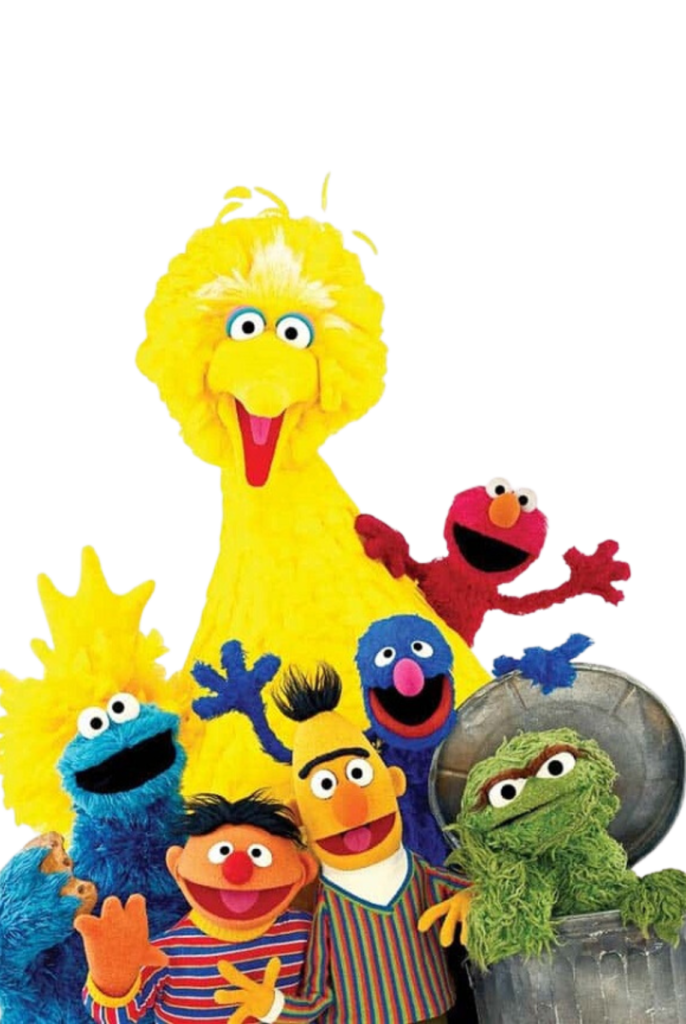

Introduction
From Sesame Street to the Senior Citizen Center, instructional design has a lifelong impact on a person. As young children, we learn about shapes, numbers, letters, and how to be kind from beloved characters like Big Bird and Elmo on Sesame Street. During our school years, we acquire essential knowledge that prepares us for success in various areas such as social, cultural, and educational fields. As we progress in our careers, we continue to learn to remain compliant with regulations and grow professionally. Even in our retirement years, we strive to stay engaged and keep up with the latest technology. Although the information we receive is crucial, the way it’s taught has the greatest influence on our ability to learn.
What is Instructional Design?
Instructional design is an art. Like a brush to a canvas, instructional design is the creative and visual process of taking a topic from an informational concept to a learning experience. This may seem like a simplified version of the definition our instructors have taught us at the University of Georgia, one that states, “Instructional design is the science and art of creating detailed specifications for the development, evaluation, and maintenance of situations which facilitate learning and performance.” (Richey, Klein, & Tracey, 2011), but hear me out on this one.
If you approached two instructional designers with the same project — same goals, problems, content, and SME – chances are they would produce two different products. Each product will have gone through a different creative process, imposing its own sense of style and flare, best practices, and lessons learned on their content. Just as an artist’s personalities and life experiences are reflected in their art, so is it reflected in our instructional design. As Dr. Luke Hobson, Senior Instructional Designer at MIT, writes, “instructional designers thrive in creativity. It is what makes this field so exciting!” (Is Instructional Design a Form of Art?, 2021)
Beyond what art is for the artist, or in this case, what learning is to the designer, lays what art is for those who behold it – the overall learning experience.
The Sesame Street Effect
The impact of instructional design starts at a very young age. As toddlers, we are exposed to learning through television programs such as Sesame Street, Captain Kangaroo, and Blue’s Clues. These shows are whimsical and fun and teach a child about numbers, letters, shapes, other cultures, and friendship. From the outside, it looks like our early foundations of learning are being influenced by an oversized, bright yellow bird, a man who was neither a captain nor a kangaroo, and a two-dimensional blue dog. Still, these television programs focus on educational content using a research-based curriculum. Our parents may have thought they were exposing us to wholesome, educational programming, but what they were really doing was giving us our first interaction with the world of instructional design.
The developers of these shows use the same process to develop an educational television program as instructional designers in developing their classroom instruction, digital learning, and professional training. Every color, character, interaction, and scene was meticulously designed around an instructional goal. These educational programs focus on educational content using a research-based curriculum. According to a study conducted by the National Bureau of Economic Research, the idea was to foster preschoolers’ “intellectual and cultural development” and, perhaps more importantly, to “reduce the educational deficits experienced by disadvantaged youth based on differences in their environment.” (Kearney & Levine, 2015)

My philosophy has been shaped by my personal experiences and a deep understanding of the transformative potential of education
The Impact of Life on Learning
Some say that art is an expression of life. It is the medium that allows us to enable our experiences to draw out something unique through an expression of emotion, imagination, and skills. Instructional design is not so dissimilar; it also draws on life experiences and skills reflected in our instructional design projects.
My own life experiences and connections – and disconnections – to learning influence my instructional design process. Growing up below the poverty line, in a single-parent household, with a father fighting a set of demons I could not yet understand, significantly impacted how I approached learning.
My father drove a dump truck for a living, working from sunrise to sunset in the warm months. When he finished work, he went to the bar and drank his worries – and money – away. Deep down, I know he tried his best, but the demons consumed him. Moreover, that meant that the last thing he wanted to hear about was my schoolwork. He assumed I was moving on to the next grade each year, so I must be doing fine…However, I was not fine. Each year of high school, my grades and academic attitude got worse. I never showed my dad a report card, deleted messages from the school, or signed his name on my progress reports. If dad did not care, why should I?
I will tell you why I should have cared: I graduated from high school just shy of 0.5 points of failing — zero point five points! This had a profound impact on me. I was furious with my educators and family for letting me fall so far to utter failure. I had been a straight-A student for years; I did not stop being smart, so what happened?
Life happened. After my father’s second divorce and the loss of another mother figure and my only sister, my life changed. I was still a happy kid on the outside, and I did enough to pass my classes, so no one thought anything of it; they just viewed me as lazy. It was a reoccurring theme on those progress reports that I never turned in. ” Vicki is a great student; she lacks motivation outside the classroom.” It was not the work I did in school that affected my grades; it was the homework, with emphasis on the home. I had a broken home, so I think my view on normal home activities, like family time and homework, was also broken.
Things changed when I got to college (the first time). I still lived in a broken home, but my outlook was one in which I was now in charge of my future. My education would mean the difference between eating ramen and eating rib-eye. This started my “What’s in it for Me” or WIFM approach to learning and design. Whether workplace training, eLearning, K-12 curriculum, or TV programs like Sesame Street, we increase resonance with the audience by showing learners how instructional content connects to life.

Essential Skills for an Instructional Designer
In the art world, while there is no exact formula for success, talent alone will not suffice. Some skills must be fine-tuned, and a level of knowledge must be attained to advance in their careers and be competitive in the business world. The same is true for instructional designers. Whether just starting out or even being an experienced instructional designer, it can be challenging to know what skills you should have to create captivating and immersive content. However, the most successful designers are the ones that have sought – and found – the right balance of knowledge, skills, and abilities (KSAs) for their industry. The catch is that the set of skills that propel me to success will not necessarily be the same for the designer sitting next to me or in the same industry. As we reflect on how our life experiences impact our design projects, there is a parallel in that our professional experiences and skills also impact our projects.
In my continued journey toward success in the world of instructional design, I have found a mix of hard and soft skills that I have had to improve upon or acquire. Hard skills such as gaining a better understanding of instructional design models and theories, taking presentations or instructional materials from drab to fab, and learning how to use the tools – from authoring tools to learning management systems. The ability to create digital products has been the cornerstone of my success thus far, but I would be remiss if I did not point out that a person must have a level of soft skills to propel them to success in almost any field. Those soft skills include, but are indeed not limited to, creative thinking, organization, collaboration, and project/time management.
Going back to how my crazy childhood impacted my views on learning, let us take a closer look at a few of my top professional goals as an instructional designer.
By striving to achieve these professional goals, I aim to continually enhance my effectiveness as an instructional designer and create transformative learning experiences that empower learners to succeed and thrive in their educational journeys.
References
Is Instructional Design a Form of Art? (2021). Retrieved from Dr. Luke Hobson: https://drlukehobson.com/blog1/is-instructional-design-a-form-of-art
Kearney, M. S., & Levine, P. B. (2015, June). Early Childhood Education by MOOC: Lessons from Sesame Street. National Bureau of Economic Research.
O’Toole, J. (2017, July 13). Designing Instruction For Authentic Learning.
Richey, R. C., Klein, J. D., & Tracey, M. W. (2011). The instructional design knowledge base. Theory, Research, and Practice, p. 3.
